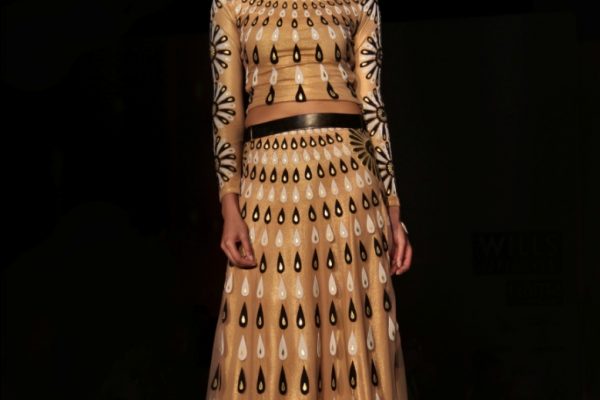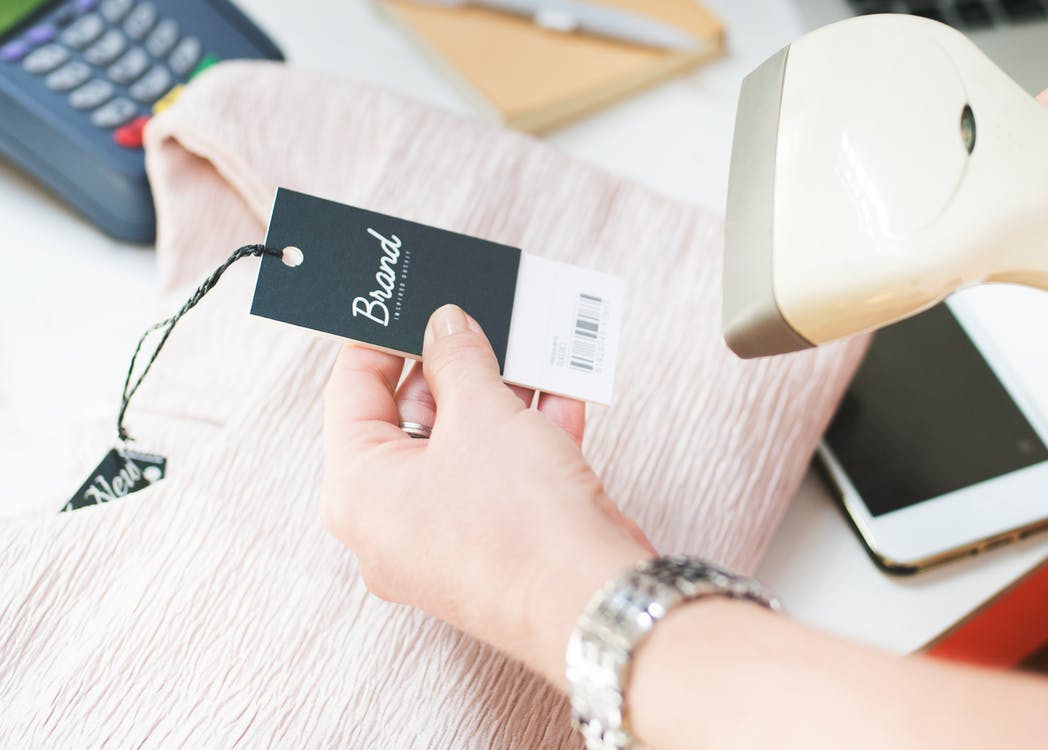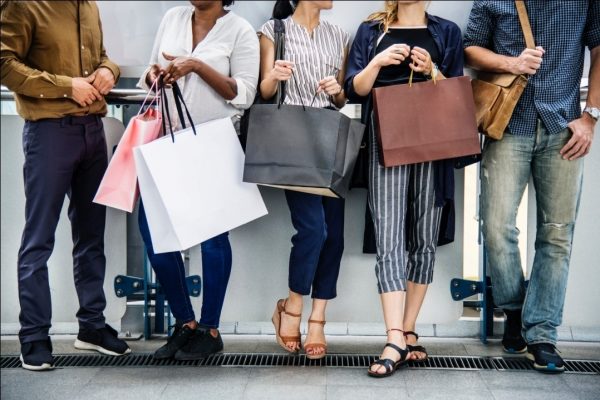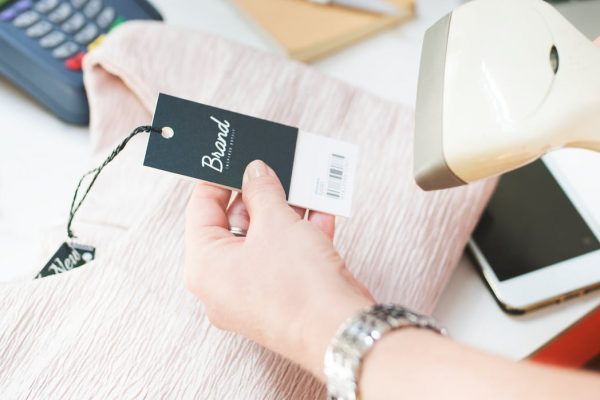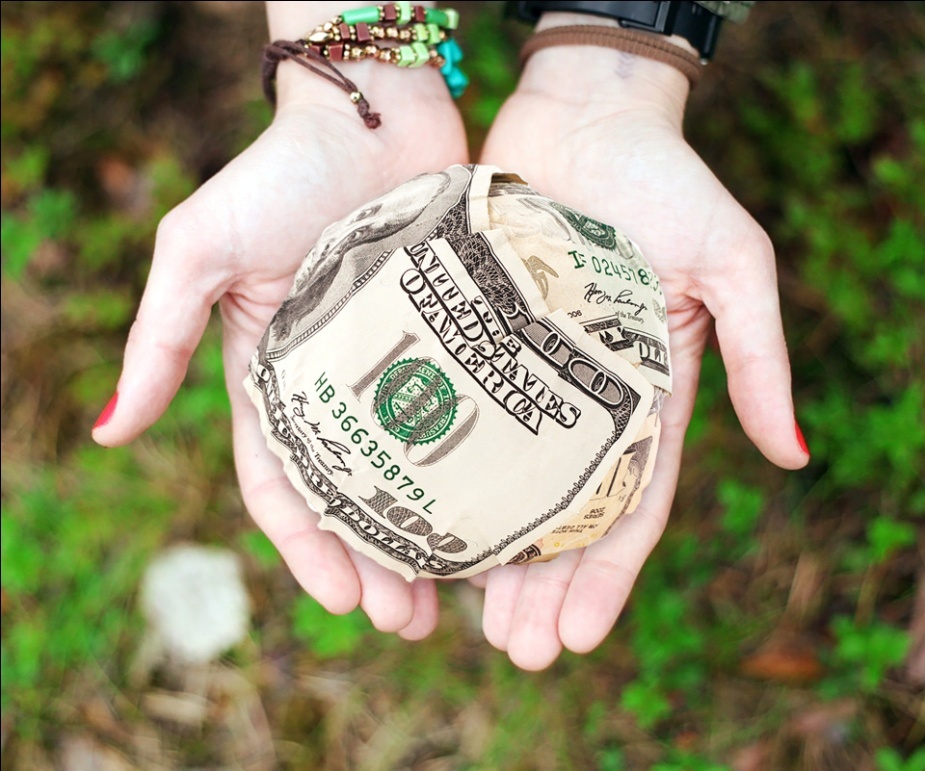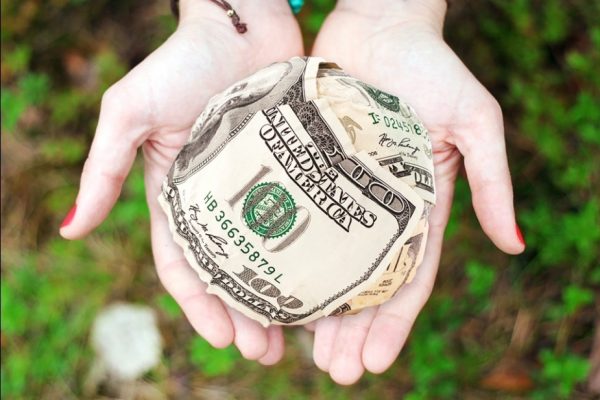Remember Kate Moss’s “heroin chic” look from the 90s? It seems that its modern equivalent would probably be something inspired by cannabis.
Many people have used marijuana for a variety of medicinal and recreational purposes. However, it has just been a few years since weed has been showing signs of becoming the next fashion trend — an accessory associated with an elite lifestyle.
Cannabis Couture
As far as fashion trends go, wearable weed is definitely ‘in’ these days, thanks to fashion designers and celebrities flaunting the cannabis leaf motif on their apparels. Designers are creating cannabis-themed shirts, dresses, handbags, accessories, jewelry, and even pens and tie pins without any hesitation. As a result, this marijuana-fashion crossover has taken Hollywood by storm. Stars like Vanessa Hudgens, Miley Cyrus, and Bella Hadid have already sported gorgeous jewelry with cannabis symbolism.
One of the most notable advocates of wearable weed fashion is Los Angeles-based designer Jacquie Aiche, best known for her cannabis-inspired Sweet Leaf jewelry. The delicate leaf motif can be seen featured in Aiche’s stunning pave diamond necklaces, earrings, bracelets, rings, and clutches. Her gorgeous accessories have made a fan out of celebs like Rihanna and Kendall Jenner. Her diamond studs also made an appearance at the White House where they were worn by activist Bianca Barnhill.
In the same vein, Strathcona Stockings’ Ryley O’Byrne has been incorporating the cannabis design on her elegant, silky knee-high stockings which have been shown off by stars like Solange Knowles and Grimes.
In 2012, Italian luxury brand Moschino’s creative director Jeremy Scott green-washed the Adidas logo on a sweatshirt worn by rapper A$AP Rocky. For her spring 2015 collection, Mara Hoffman wove the cannabis leaf pattern into her trousers and maxi-dresses.
In 2016, Alexander Wang jumped on the bandwagon and introduced monochromatic pot designs into his mohair skirts and raglan sleeve car coat for a grungy, edgy look. One of his cannabis-inspired dress was famously worn by actress Margot Robbie on Saturday Night Live.
Wearable Weed
Clothes made from hemp, a variety of cannabis, have been worn for hundreds of years. Hemp is a strong fiber and wide-legged trousers made from the material are famously worn by Thai fishermen. Now, hemp has entered high fashion as designer wear made from the material is being introduced in the latest collection from prestigious fashion houses.
In fact, hemp growers in Canada are hoping that marijuana legislation would allow them to cultivate all parts of the hemp plant. Currently, Canada restricts the use of hemp chaff which contains CBD, a non-psychoactive ingredient of the hemp plant. If more hemp material is produced, its use in fashion would undoubtedly increase.
Cannabis Concerns
Despite giving tribute to cannabis in their collections, many designers remain silent about featuring the plant as material in their fashion wear. This could possibly be due to the lingering stigma associated with weed.
It may still be a few years before wearable weed becomes part of mainstream fashion. As cannabis couture gains momentum, many companies will reevaluate their marketing strategies and may rebrand cannabis in a positive light. To that end, marijuana fashion has opened the doors to a much broader world of cannabis acceptance.

